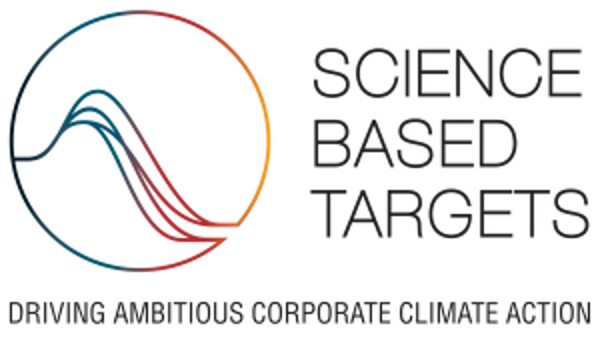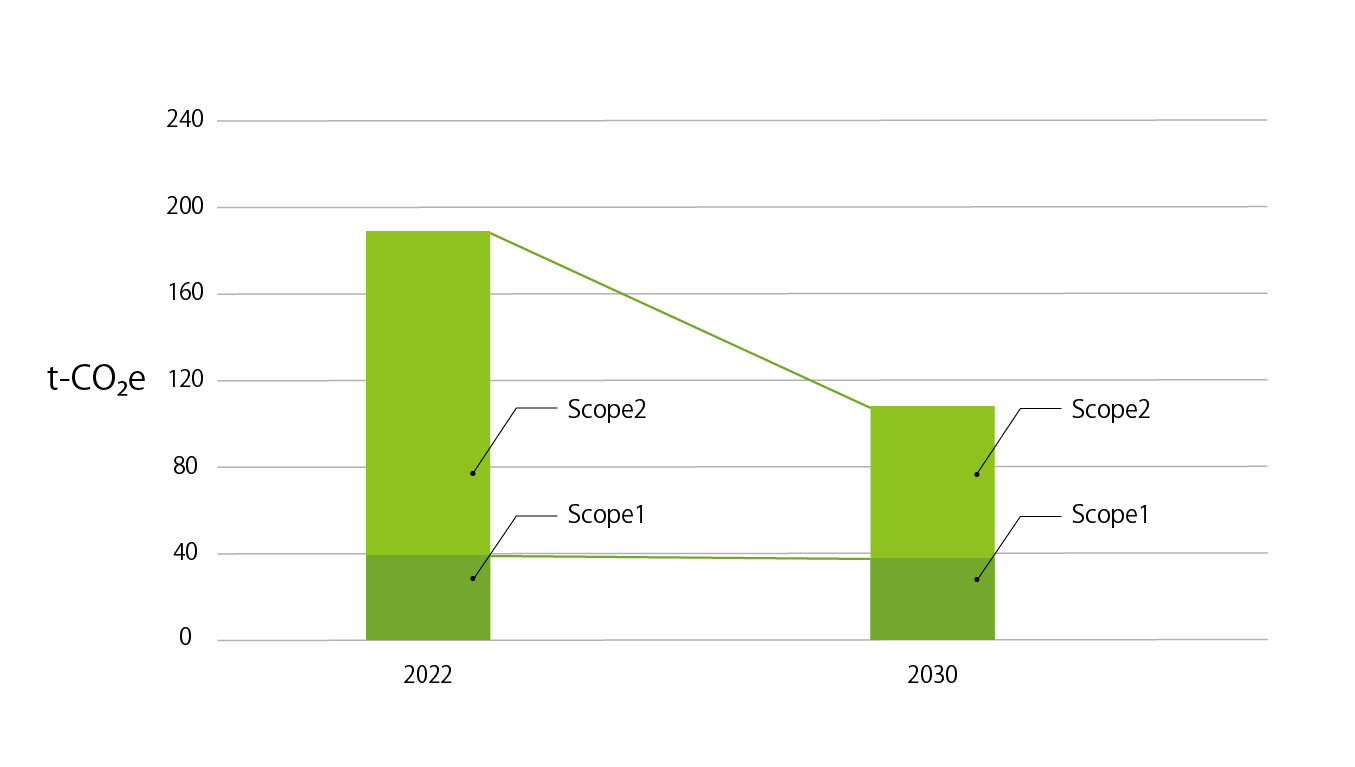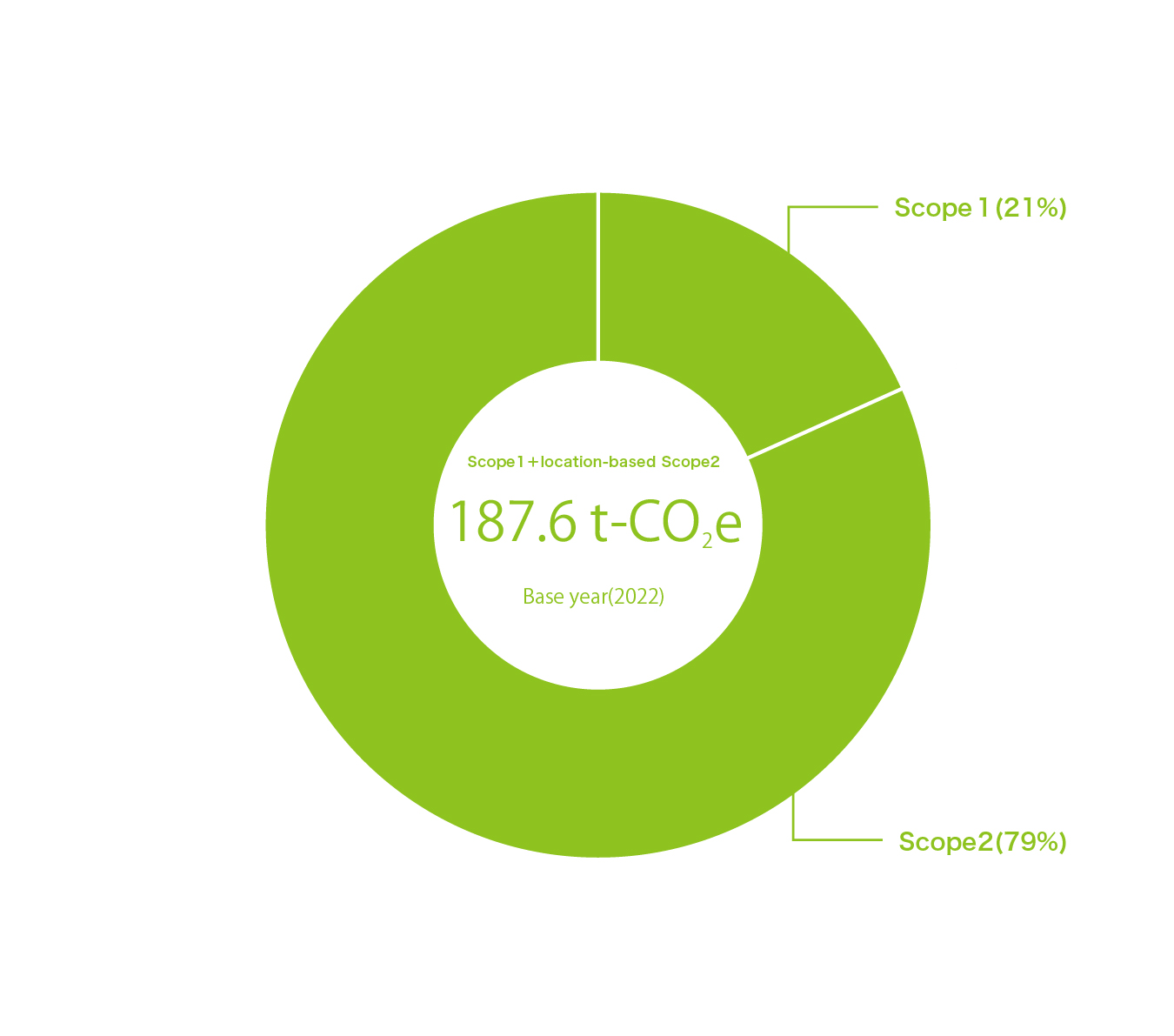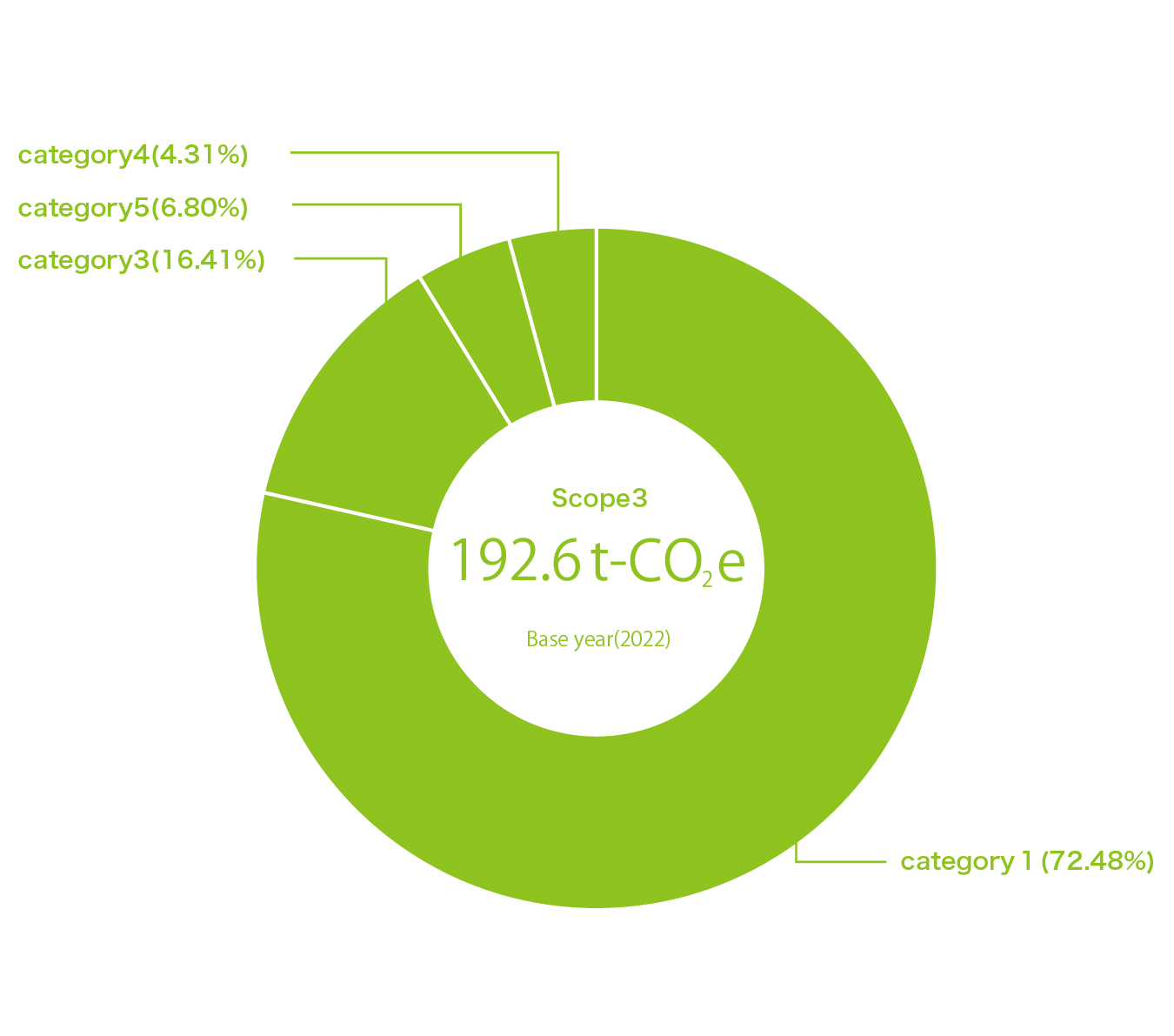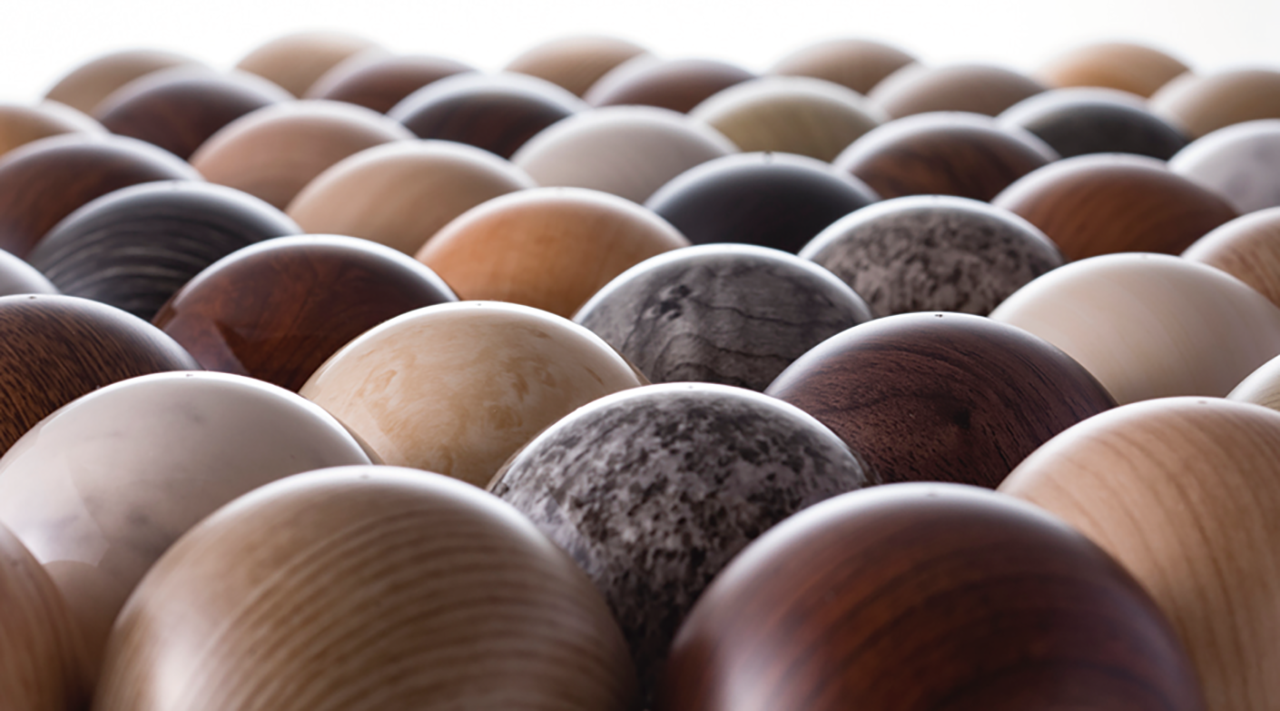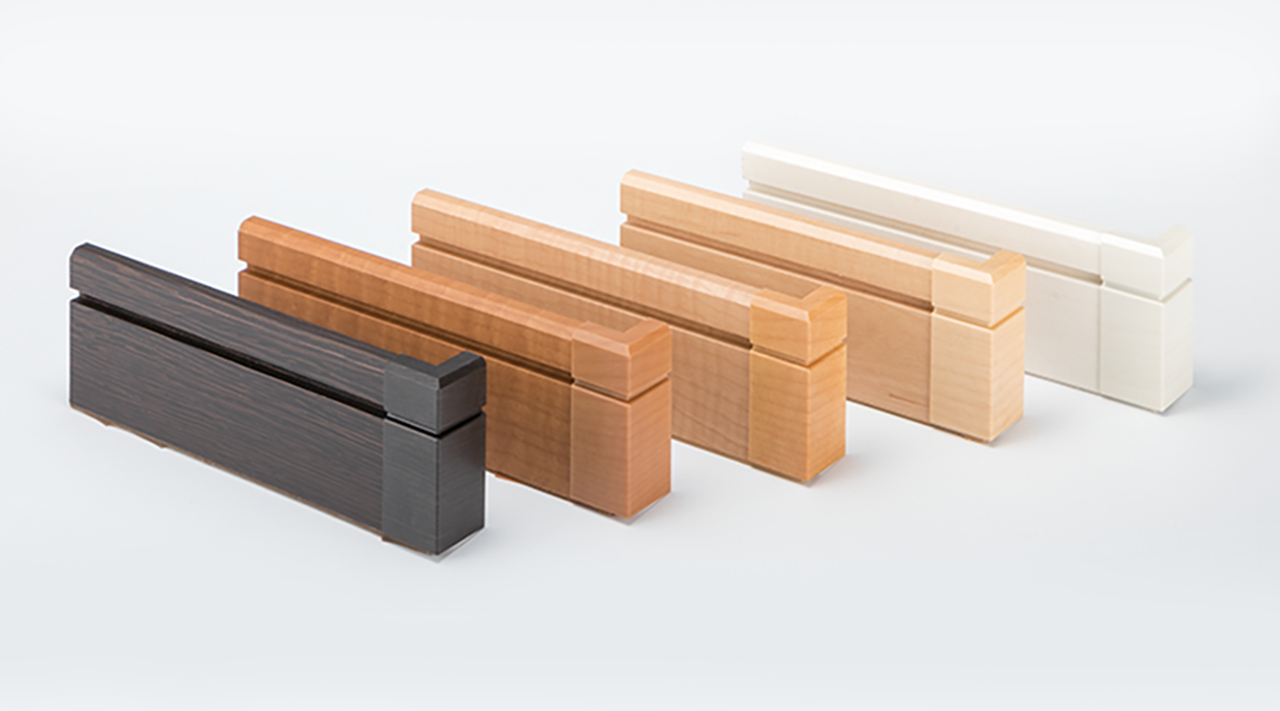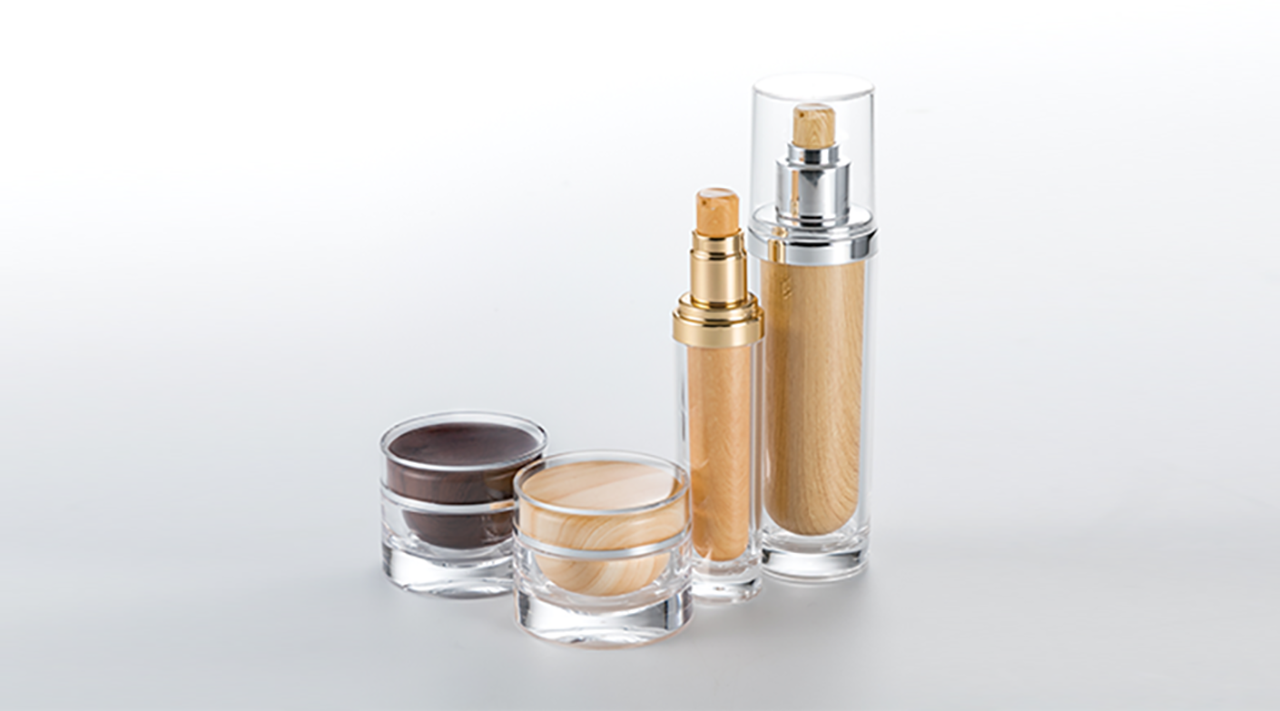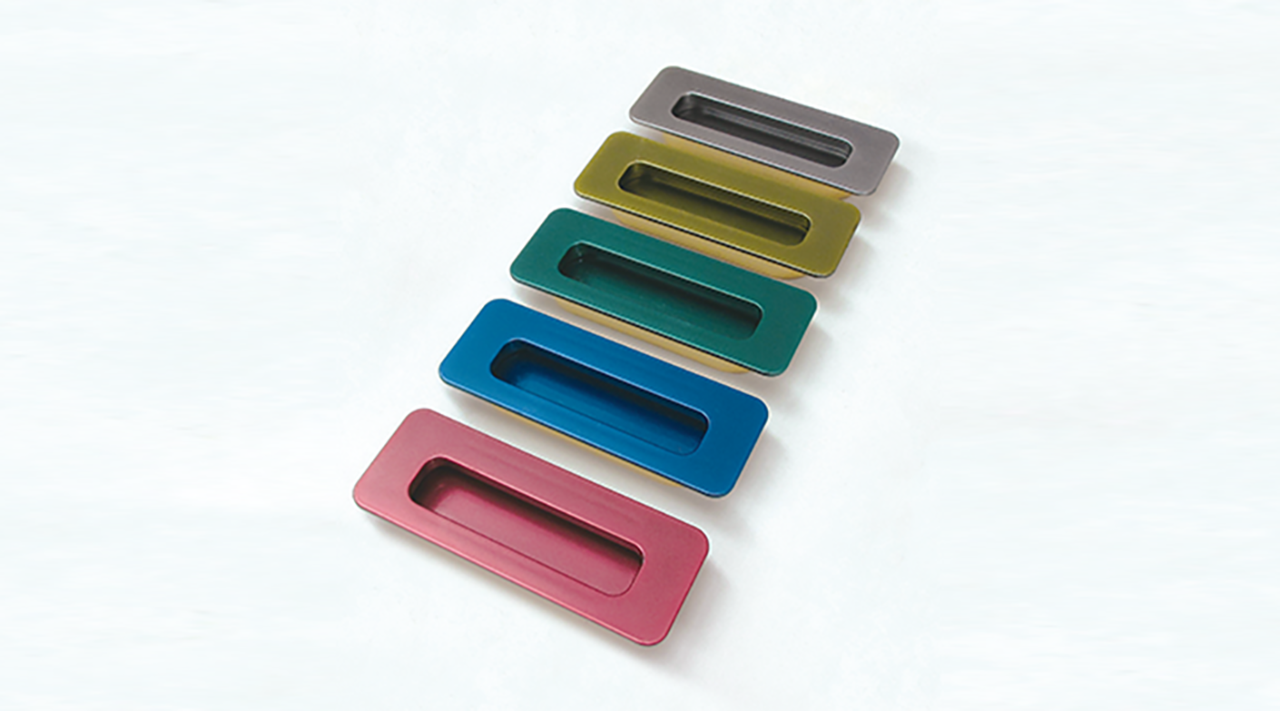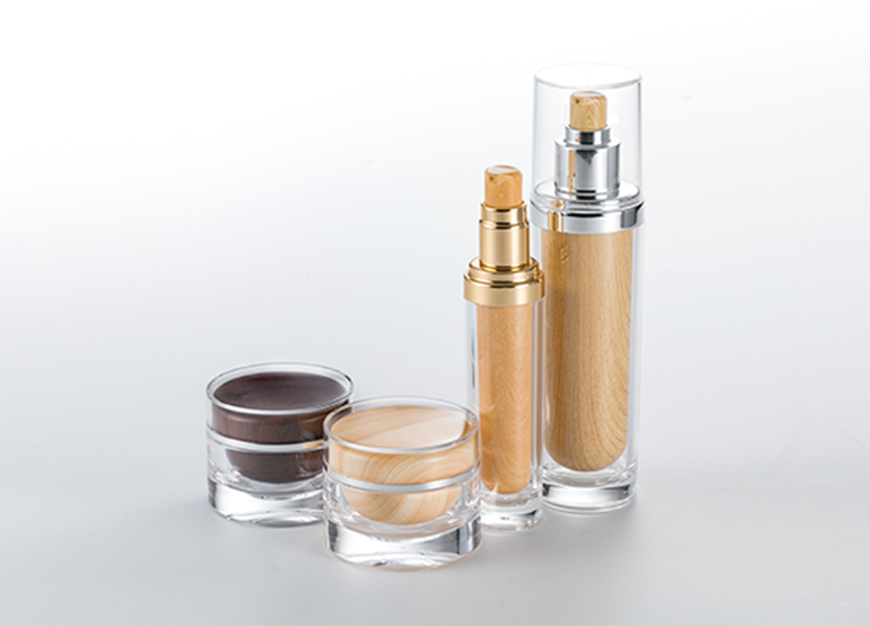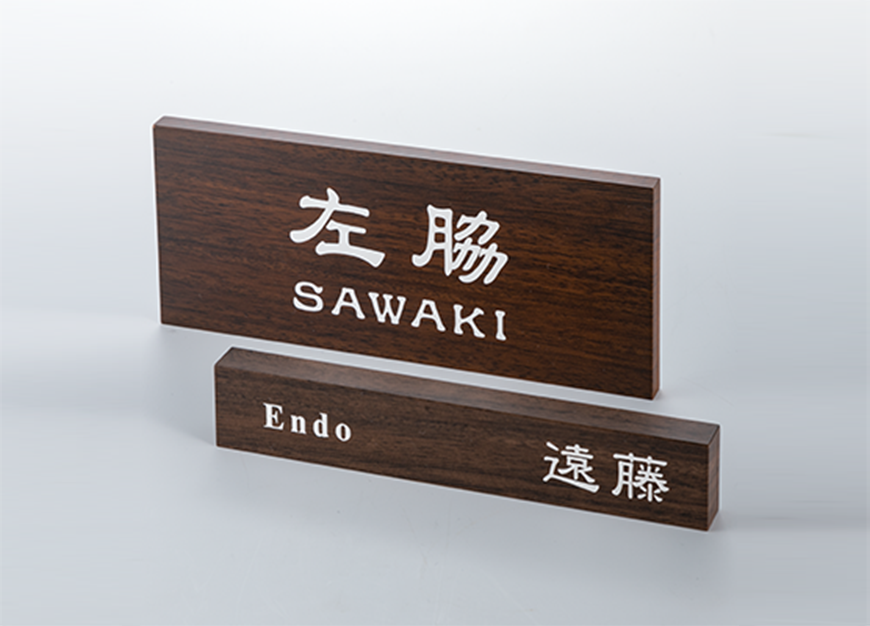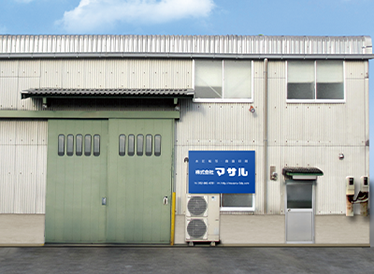Steady Steps Toward Carbon Neutrality: Constantly Enhancing Water Transfer Printing and Coating Technologies
MASARU Co., Ltd. has 35 years of experience as a water transfer printing mass-producer for companies in a variety of industries. To ensure that we meet our customers' needs going forward, we will continue to research new water transfer printing-related technologies and develop new projects based on the concept of "beauty, ideas, and creativity," while constantly offering new proposals with an eye on upcoming developments.
Three-dimensional processing exactly how customers want it. Durable water transfer printing.
In addition to flat surfaces, we can offer water transfer printing on curved and three-dimensional surfaces, which had been difficult in the past but we can now do it in any way the customers wish. We also provide cutting-edge coating technology beyond printing services, enhancing value through superior durability.From an environmental standpoint, we are working to render our waste liquids, like organic solvents, harmless..
Features of Water Transfer Printing and Our Business
Water transfer printing technology is a method of applying designs to products with complex shapes through a special printing process. Our water transfer printing provides a uniform, smooth coating on products of complex shapes and sizes. These products include aircraft parts, interior and exterior building materials, cosmetic containers, golf clubs, call bells, wine bottles, and many others.
In the area of coating technology, our urethane and metallic coatings in particular provide advanced adhesion and beautiful colors, luster, and patterns on all kinds of materials.
Through the combination of our water transfer printing and coating technologies, we provide enhanced value, improving both functionality and aesthetics across a wide array of products.
Additionally, we are actively involved in advancing new processing technologies through ongoing research and technical studies.
Materials we have processing experience
We have experience in processing the following materials. Topcoat, which is available in two types: matte coat for a relaxed feel, and glossy coat for luster and sheen. Please feel free to contact us for information on materials other than those listed below.
Plastics
ABS, AES, AAS, acrylic, PP, elastomer, nylon-based, SMC, BMC
Metals
Iron, stainless steel, aluminum, zinc plating, chrome plating
Others
Glass, ceramics, wood
Durability and quality of water transfer printing items
MASARU is ISO9001 certified and has proven reliability in the durability of our water transfer printing products. We have obtained excellent results in weather resistance tests using SWO testers, hot water resistance tests, as well as alkaline resistance, acid resistance, and detergent resistance tests. Luster retention is maintained at 100%, while minimizing color change, allowing us to uphold stringent standards for product appearance and customer satisfaction.
